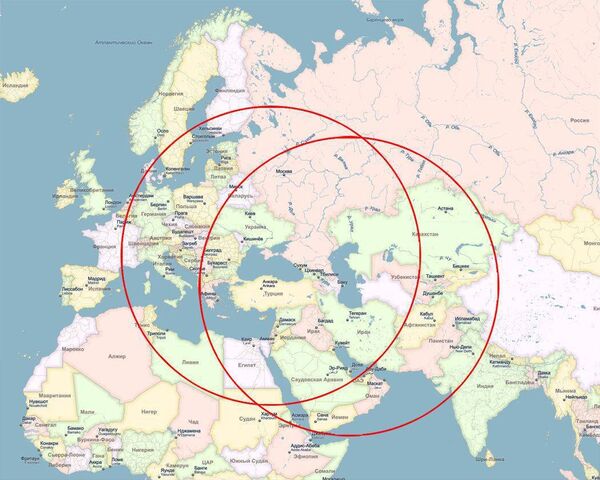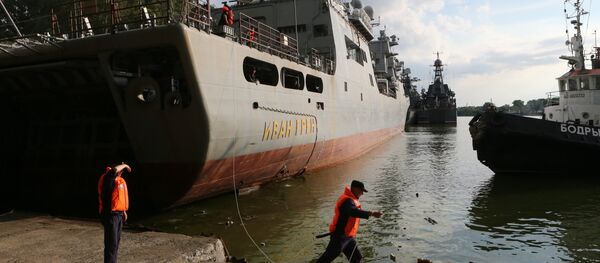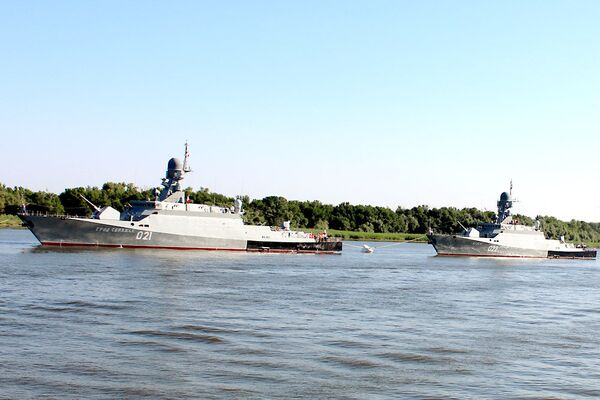By all indications, the new vessels will be assigned to the Black Sea Fleet. The first of them will be handed over to the Navy in 2018, the last in 2021. The ships, equipped with Kalibr cruise missiles, are designed to complement the Project 21631 Buyan-M ('Brawler') missile ships, also built at Zelenodolsk. The latter vessels, also a recent development, are designed specifically for the Caspian Sea and the lower reaches of the Volga.
Commenting on the defense order in a piece for the independent news and analysis hub PolitRussia, defense commentator Boris Stepnov suggested that compared to the Buyan-M, "the Karakut is more seaworthy and has a number of tactical and technical advantages."
"For instance, to protect themselves from enemy air power, the Buyans feature a 30 mm Ak-630M-2 Duet machine gun, which is adequate for use on rivers and in the Caspian. But operations at great distance from its home territory require more powerful protection. The Karakut is equipped with the Pantsir-M," a naval version of the Pantsir-S1 combined surface-to-air missile and anti-aircraft artillery system produced by the KBP Instrument Design Bureau.
It's known that the Karakut uses the 3S13 launcher, allowing the vessel to use both the Onyx anti-ship and Calibr-NK cruise missiles.

Meanwhile, Stepnov added, "the ship's 100 mm automatic naval gun (likely to be the A-190 Burevestnik) has implications for any conflicts over water boundaries; here we can recall the feat of the Bezzavetniy and SKR-6, which successfully kicked the American cruiser USS Yorktown and the destroyer USS Caron out of Soviet waters in 1988, after these ships blatantly cruised 7 miles into our territorial waters."
The Karakut may be small, but will certainly be able to "bite" even cruiser-sized vessels, the journalist suggested.
"At the same time, small missile ships are suitable for patrolling precisely due to their small size, which provides for a low profile and high maneuverability. Therefore, the Karakut is effective both as a patrol vessel, and as a platform for the Kalibr, which does not fall under any international restrictions on the limitation of missile weaponry."
Ultimately, Stepnov noted, "Russia, as usual in recent years, is building weapons which are of very high quality from the technical standpoint, but also very practical in terms of their application."





